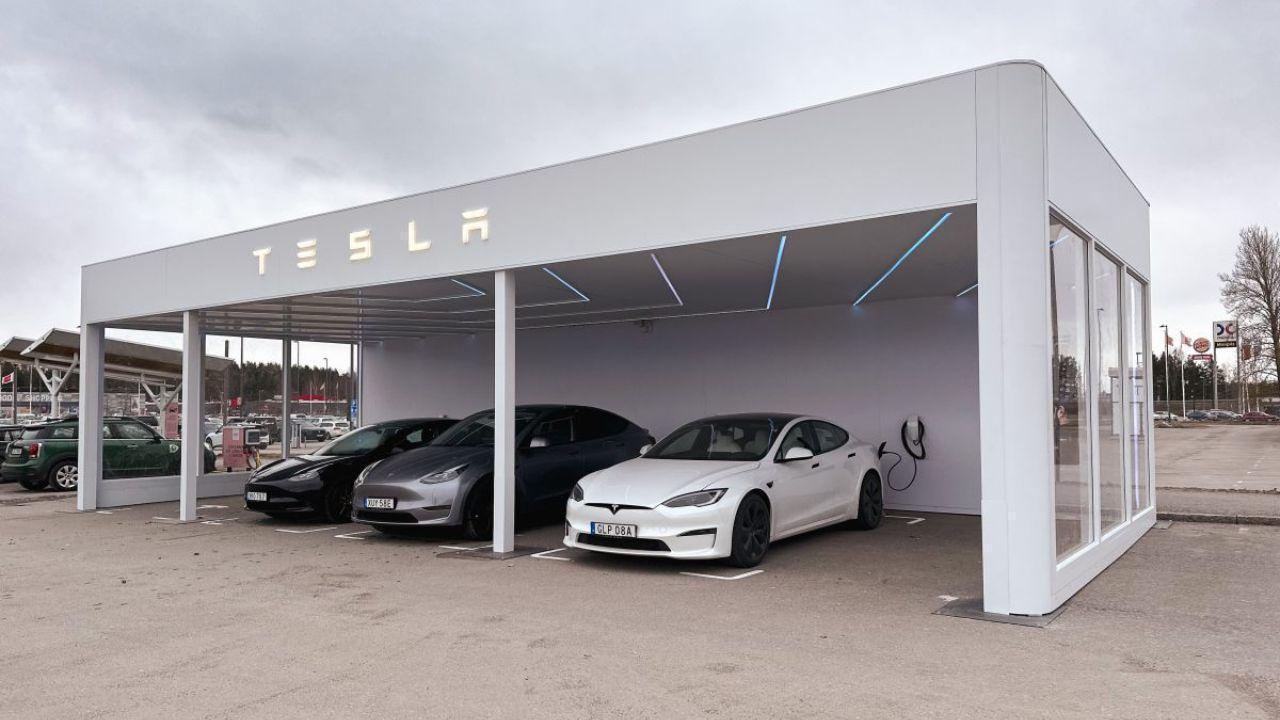
Post by : Avinab Raana
Photo : X / The Driven
Tesla Introduces MultiPass to Revolutionize EV Charging
Tesla has taken a major step toward simplifying the public charging experience for electric vehicle (EV) owners with the launch of its MultiPass feature. The new system allows Tesla owners to access non-Tesla public charging stations using either their Tesla key card or the Tesla mobile app. This development addresses one of the biggest challenges in EV ownership: fragmented charging networks that require multiple apps, RFID cards, or fobs.
MultiPass promises to streamline the process, giving Tesla owners a seamless charging experience. The integration of non-Tesla stations into the Tesla ecosystem means that users no longer need to manage multiple accounts or devices to charge their vehicles. This represents a significant move toward convenience and efficiency in public EV infrastructure.
The Challenge of Fragmented Charging Networks
One of the hurdles for EV adoption has been the fragmented nature of charging networks. Different charging operators often have their own apps and access methods, making it difficult for drivers to navigate between stations. In regions like Europe, Australia, and North America, EV owners frequently face the inconvenience of carrying multiple RFID cards or installing several apps just to ensure they can charge when needed.
Tesla’s MultiPass addresses this fragmentation by consolidating access into a single platform. By enabling Tesla owners to start charging sessions through the Tesla app or key card, the company simplifies the process significantly. No longer do drivers need to plan stops based on network compatibility—they can simply use their existing Tesla credentials to charge at multiple public stations.
How MultiPass Works
The MultiPass feature integrates third-party charging networks with Tesla’s proprietary systems. Using the Tesla mobile app, owners can locate nearby compatible chargers, initiate charging, monitor the session, and view energy usage statistics. For those who prefer a physical device, the Tesla key card can also be used to start and stop charging sessions at supported stations.
Through this system, Tesla provides real-time visibility and control over the charging process. Users can track how much energy has been delivered, how long it will take to reach full charge, and even optimize charging schedules to take advantage of lower electricity rates. This level of integration elevates the EV charging experience, offering both convenience and cost management for owners.
Pilot Launch in the Netherlands
Tesla initially rolled out MultiPass in the Netherlands, a country with a highly developed EV infrastructure and high adoption rates. This pilot allows the company to refine its technology and understand user behavior in a mature EV market. By testing the system with real users, Tesla can identify potential issues, optimize the software interface, and ensure seamless communication with third-party chargers.
Max de Zegher, Tesla’s charging director, emphasized that the aim is to make the Tesla app the only tool owners need for charging. This approach eliminates the need for additional apps, cards, or fobs, providing a unified solution that simplifies public charging and enhances user experience.
Positive User Feedback
Early adopters of MultiPass have shared positive experiences. One Tesla owner commented, “Signed up this morning. Ditching my charging fob. Love it! I remember when we started these conversations a long time ago. I was always a strong proponent. Glad to see this finally come to fruition.”
The feedback highlights the appeal of a simplified, integrated charging system. Many EV owners have long desired a solution that allows them to move seamlessly between different charging networks without the frustration of multiple logins or access cards. MultiPass provides exactly that, positioning Tesla as a leader in user-friendly EV infrastructure.
Expanding Access Across Regions
Following the initial rollout, Tesla plans to expand MultiPass to other countries, including Australia, New Zealand, and several European markets. This expansion reflects Tesla’s broader strategy to standardize and simplify EV charging globally. By connecting a larger number of charging stations to the Tesla ecosystem, the company is addressing a critical barrier to EV adoption: ease of access to reliable public charging.
As MultiPass becomes more widespread, Tesla owners will enjoy a nearly universal charging experience, reducing range anxiety and improving confidence in the usability of EVs for longer trips.
Implications for the EV Market
The introduction of MultiPass carries significant implications for the global EV market. By simplifying access to public chargers, Tesla is not only improving the experience for its own customers but also encouraging broader adoption of electric vehicles. A more convenient charging system reduces the perceived inconvenience of EV ownership, making electric vehicles more appealing to potential buyers.
Furthermore, MultiPass may inspire other automakers and charging network operators to adopt similar integration strategies. A more unified charging infrastructure benefits all EV drivers, reduces operational complexity, and supports the development of a robust, accessible public charging network.
Enhancing the Tesla Ecosystem
MultiPass strengthens Tesla’s ecosystem by integrating third-party infrastructure with its proprietary software and app. This approach provides Tesla with greater control over the user experience, from locating a charger to completing a charging session efficiently.
By centralizing energy management, Tesla can also offer additional features in the future, such as scheduling, cost optimization, and energy usage analytics. The integration lays the groundwork for advanced features like vehicle-to-grid (V2G) connectivity, which could allow Tesla vehicles to feed energy back to the grid during peak periods, further enhancing sustainability and energy efficiency.
Technical Considerations
Implementing MultiPass requires seamless communication between Tesla vehicles, the mobile app, and third-party charging networks. Tesla has ensured that communication protocols are standardized, secure, and reliable, minimizing the risk of failed charging sessions or miscommunication.
The system also supports multiple authentication methods, including the Tesla app and key card. This flexibility allows users to choose the method that best suits their preferences and ensures that access is maintained even if a smartphone is unavailable.
Supporting Renewable Energy Integration
Tesla’s vision for MultiPass goes beyond convenience—it aligns with broader goals of sustainability and renewable energy integration. By enabling vehicles to charge at any compatible station efficiently, MultiPass can facilitate the use of renewable electricity where available, further reducing the carbon footprint of EV travel.
In the long term, Tesla could integrate dynamic energy pricing into the MultiPass system, allowing users to charge when electricity is cheaper or more renewable energy is available. This feature would not only save money for consumers but also optimize the load on public grids and support clean energy adoption.
Addressing Range Anxiety
Range anxiety has long been a barrier to EV adoption. MultiPass addresses this concern by ensuring that Tesla owners have broader access to public charging stations without worrying about network limitations. Drivers can plan trips more confidently, knowing that the Tesla app provides real-time information about available chargers and allows immediate access to charging facilities.
The ability to use a single app or key card across networks eliminates logistical challenges and reassures users that they will have reliable charging options even when traveling outside Tesla’s proprietary Supercharger network.
A Step Toward a Unified EV Future
Tesla’s MultiPass represents a major milestone in public EV charging. By integrating non-Tesla stations into the Tesla app ecosystem, the company has simplified charging, enhanced user experience, and supported the growth of electric mobility.
The pilot’s success in the Netherlands, combined with planned expansions in other regions, indicates a strong commitment to making EV ownership more convenient and accessible. MultiPass not only addresses current pain points for Tesla owners but also sets a precedent for the future of EV infrastructure, one where seamless access, smart management, and integration with renewable energy sources define the standard.
As Tesla continues to innovate, MultiPass could become a model for other automakers and charging network operators, driving a more unified and efficient EV ecosystem globally. For EV owners, it is a clear step toward a future where charging is simple, convenient, and sustainable.
Tesla MultiPass, EV charging, Public charging stations

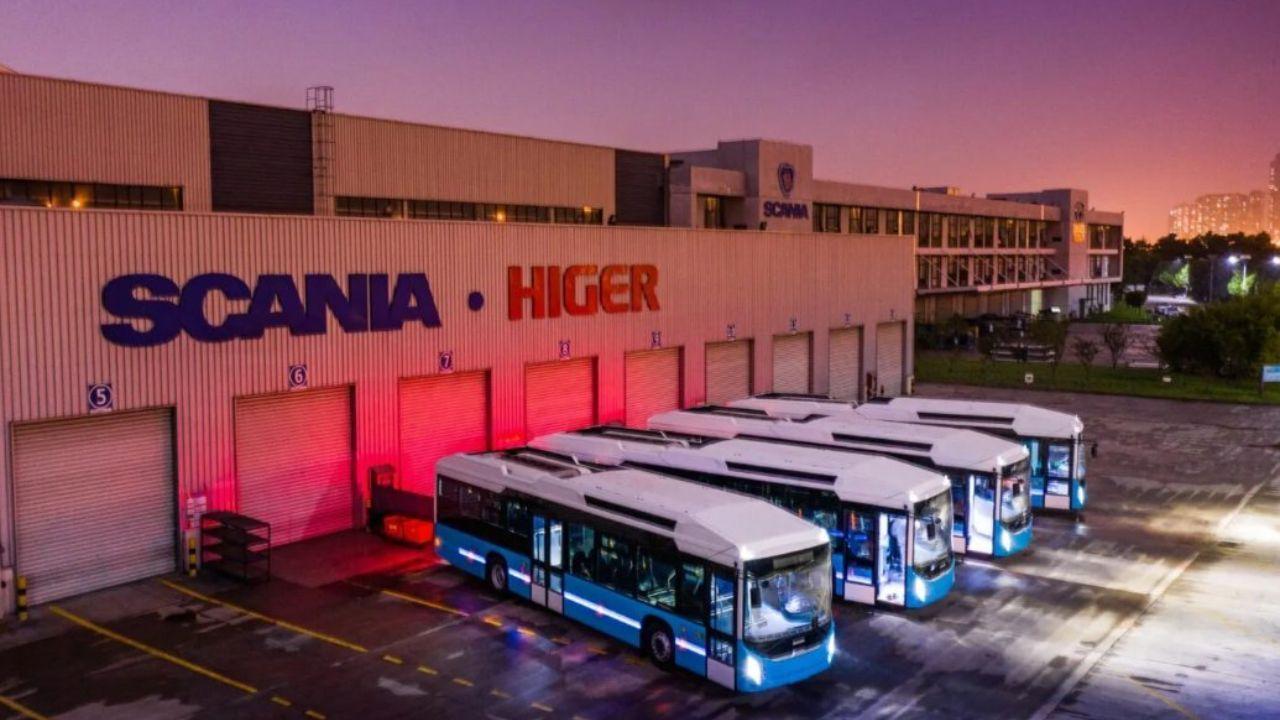
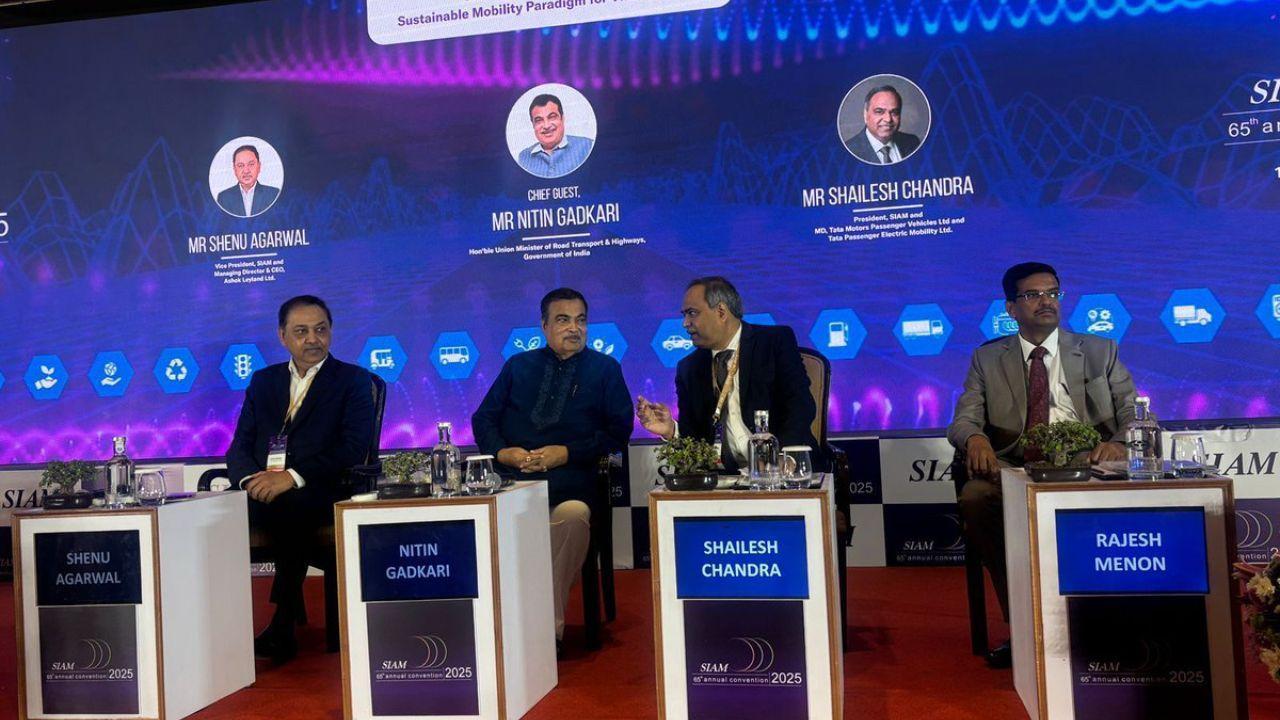
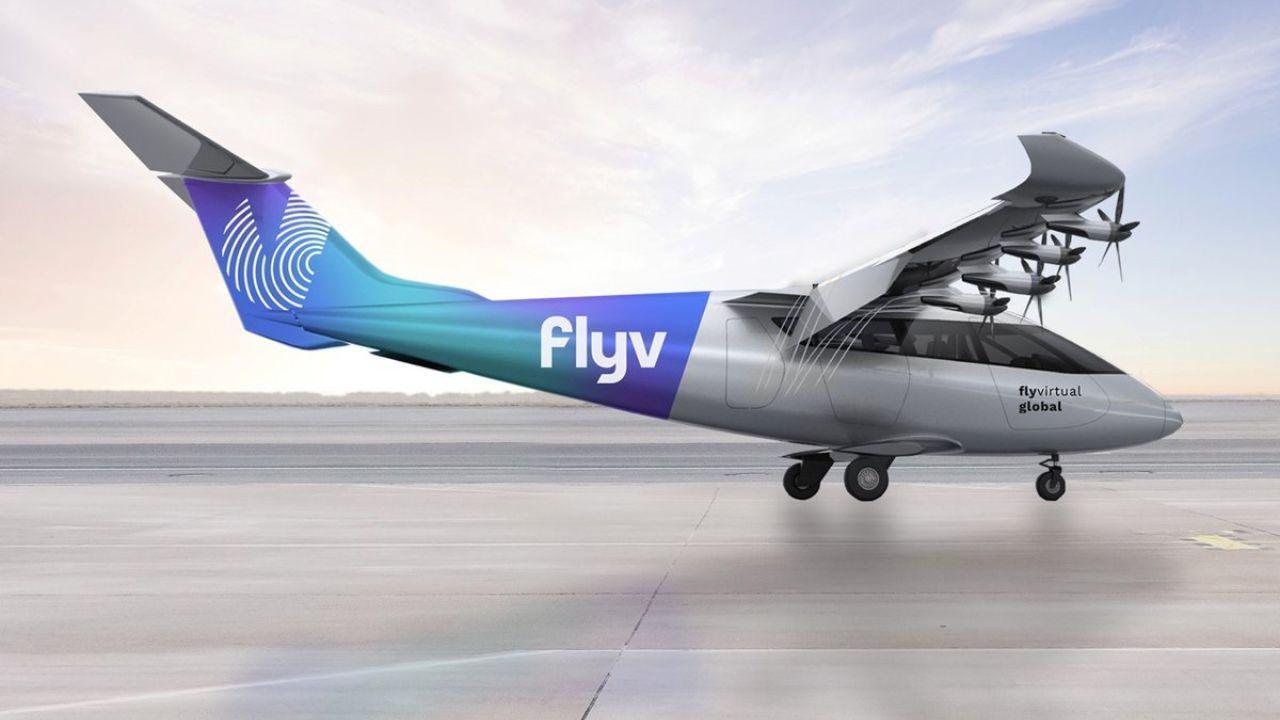
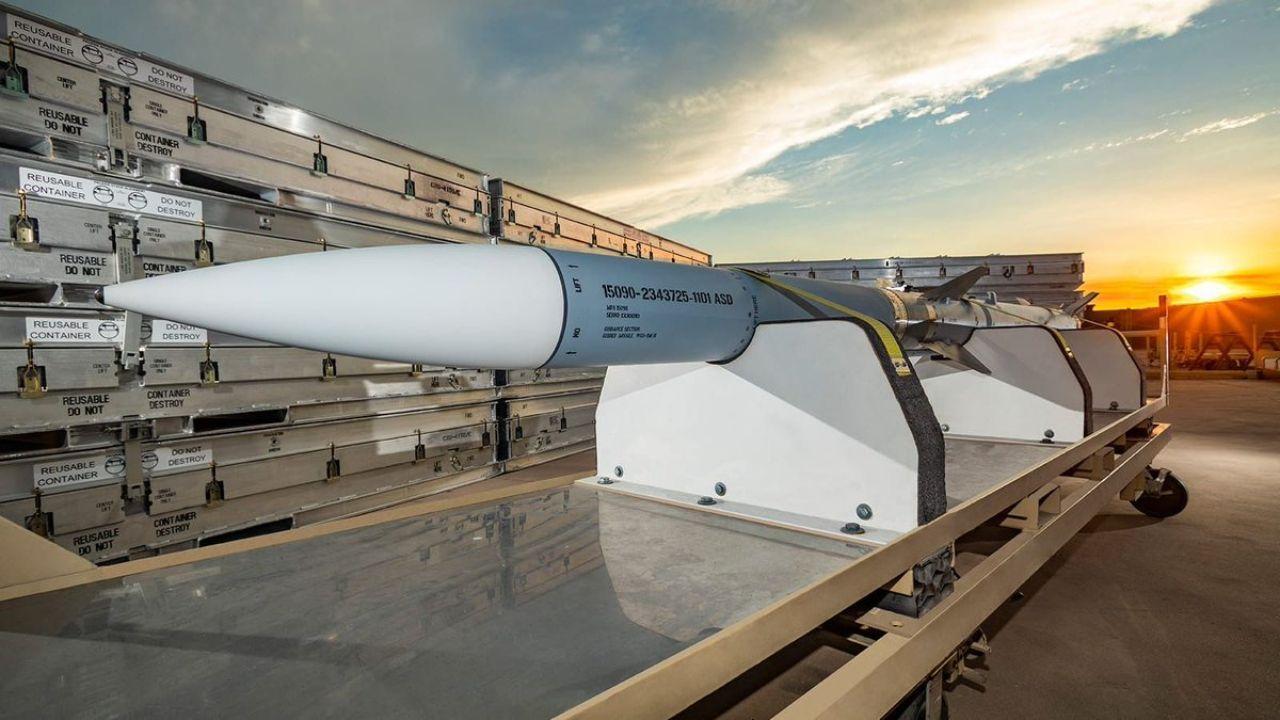
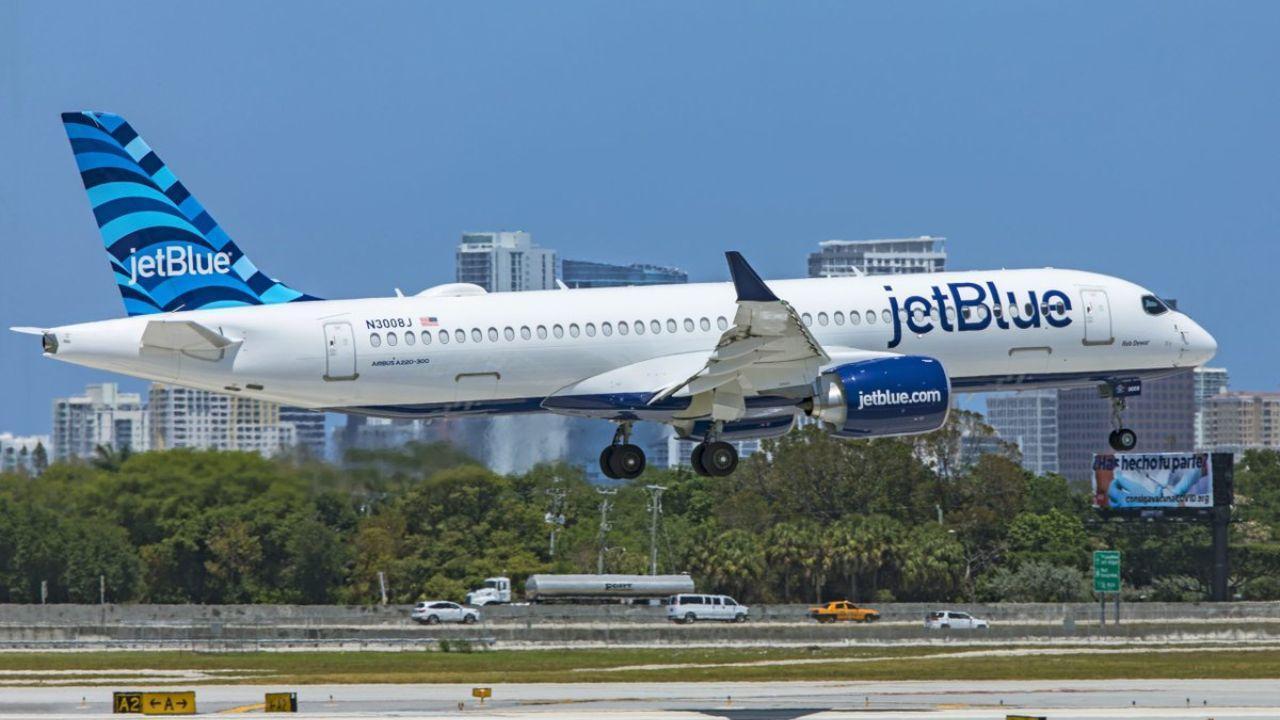
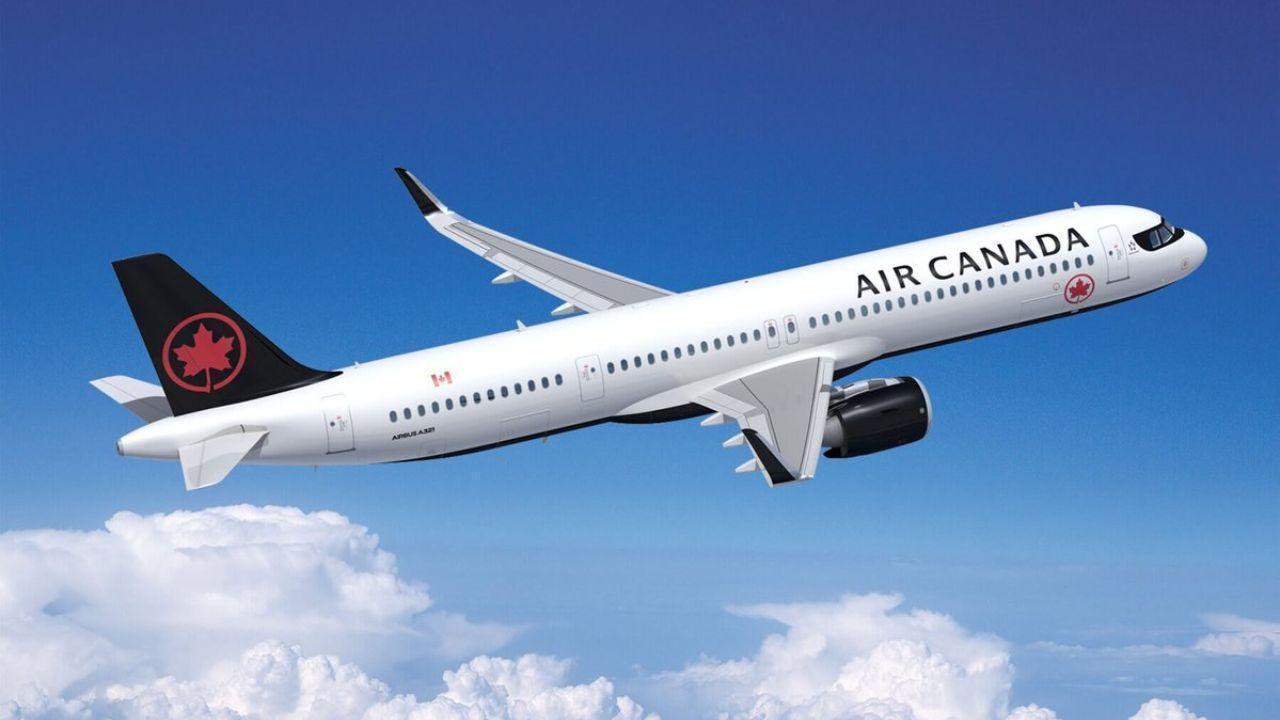


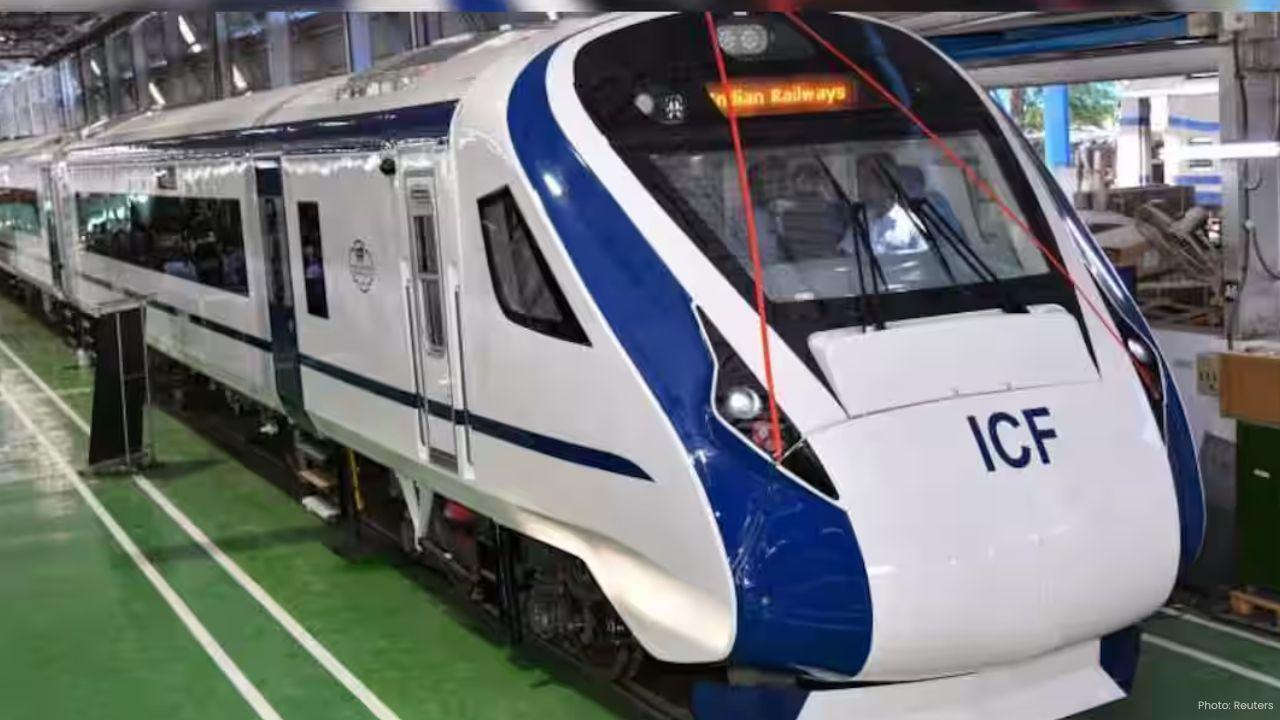
Vande Bharat Passenger’s Spitting Incident Sparks Nationwide Debate
A passenger spitting on the Vande Bharat Express floor sparks online debate on civic sense cleanline

OnTrac Introduces Ground Essentials Service for Affordable and Reliable Shipping
OnTrac launches Ground Essentials a new service offering cost-effective parcel delivery with up to 3
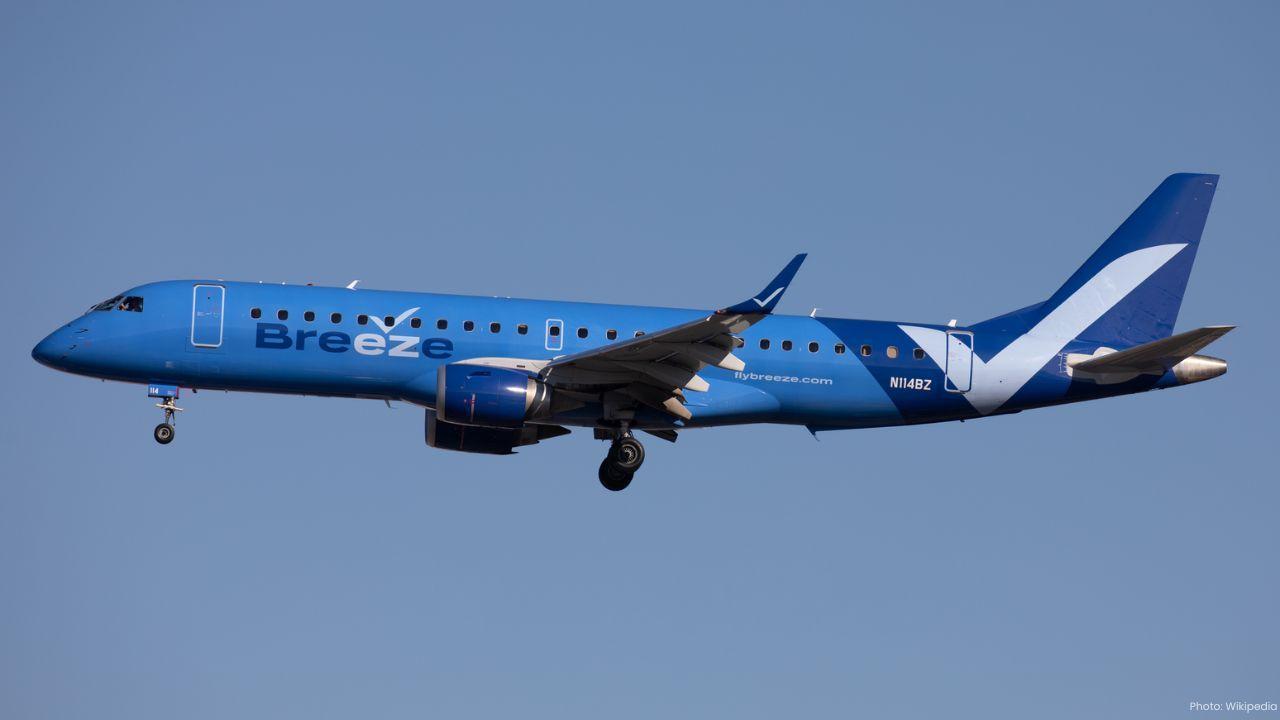
Breeze Airways Earns Five-Star Status as North America's Top Airline
Breeze Airways achieves a five-star rating marking it as North America's leading major airline for 2

Royal Enfield Cuts Prices on 350cc Bikes After GST Rate Reduction
Royal Enfield reduces prices on 350cc motorcycles from September 22, 2025, following GST rate cuts,
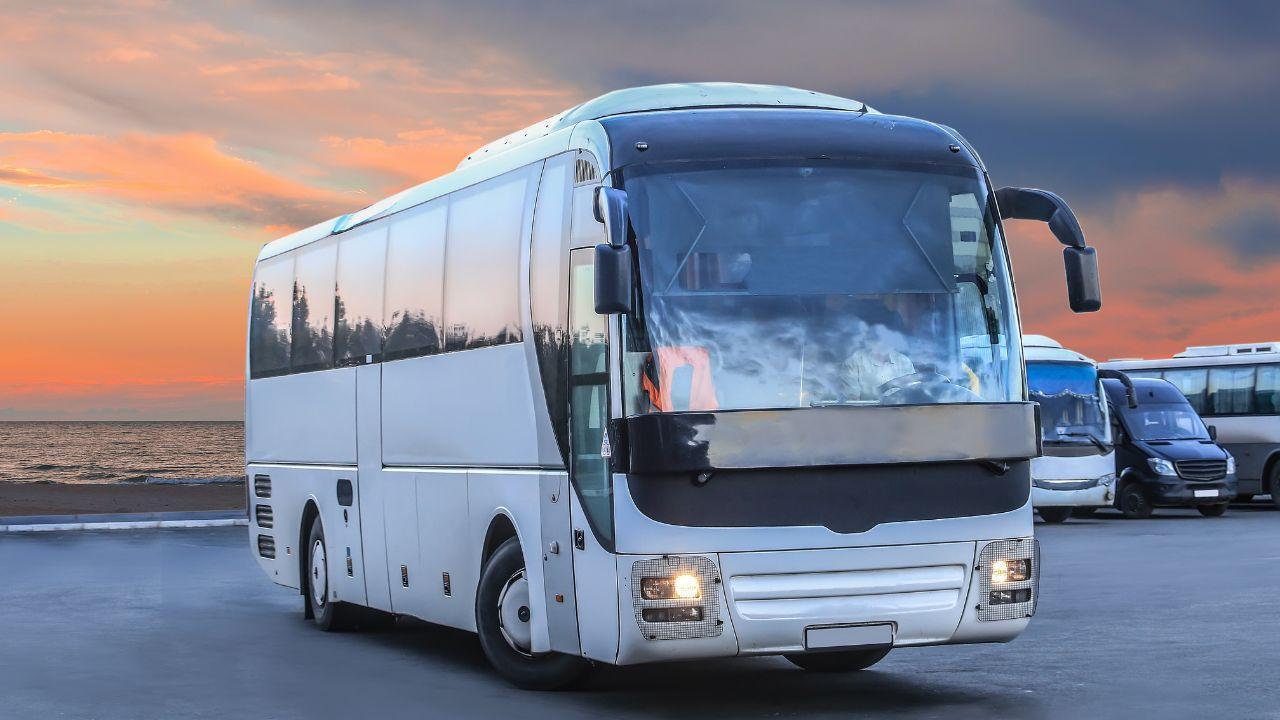
Viva ACP Boosts Bus Safety with Strong Lightweight Aluminium Panels
Viva ACP’s panels make buses safer lighter and stronger—saving energy and protecting passengers with
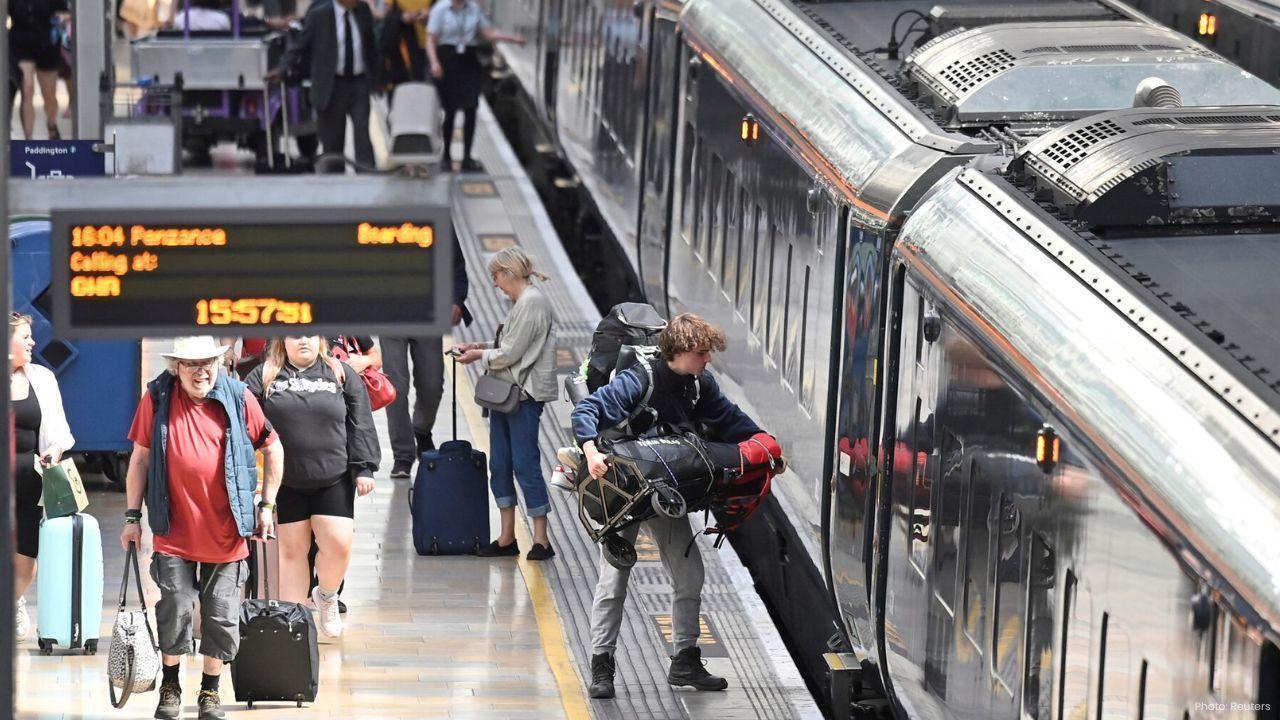
Steelpaint’s Stelcatec Coating Gets UK Rail Approval
Steelpaint’s Stelcatec coating approved by UK Network Rail for durable, fast, and effective protecti